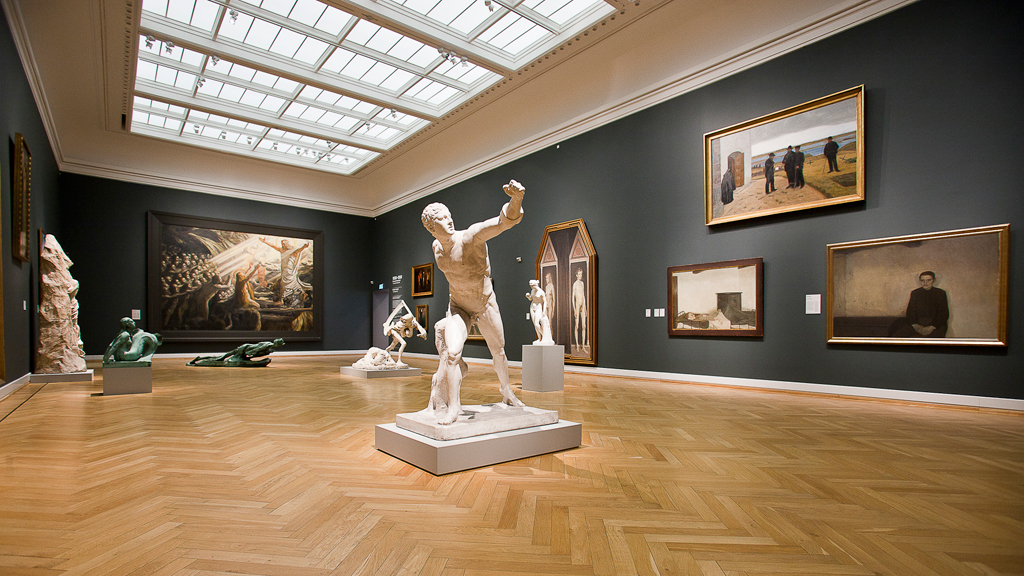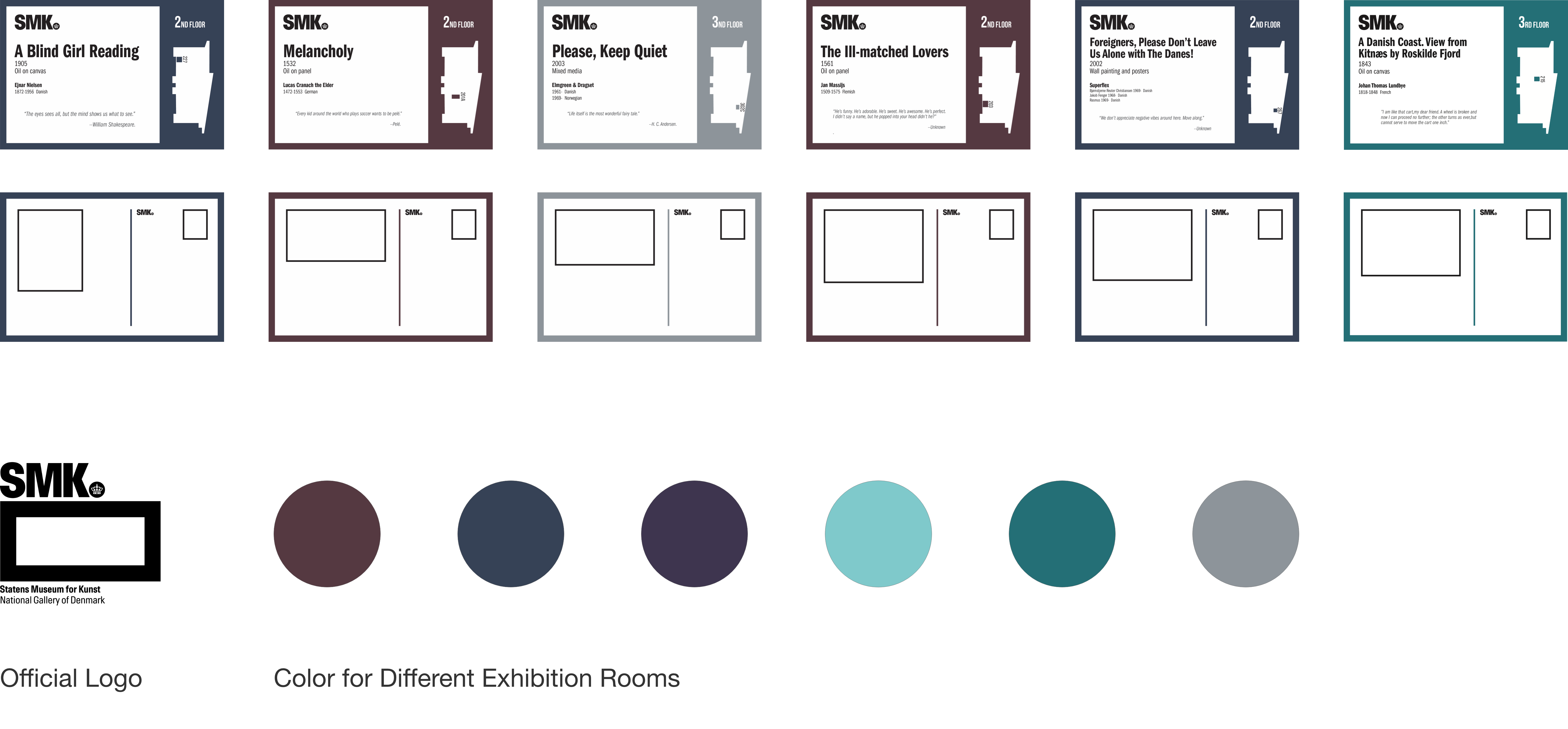
During Mar 2019, our Collab class went to Copenhagen and worked on the project which created objects of play that address the social forms of the National Gallery of Denmark with students from The Royal Danish Academy of Fine Arts (KADK).
My team designed Journey Generator which is an experience using a postcard to guide the visitors across the museum and offer interesting insight.
My team designed Journey Generator which is an experience using a postcard to guide the visitors across the museum and offer interesting insight.
My Role
Experience Designer
Team
Hannah | Game designer
Lonnie | Game designer
Noah | Industrial designer
Vector | Game developer
Experience Designer
Team
Hannah | Game designer
Lonnie | Game designer
Noah | Industrial designer
Vector | Game developer
Timeline
One week (two days for researching, five days for prototyping and testing)
Tool
Paper, pen, adobe illustrator
One week (two days for researching, five days for prototyping and testing)
Tool
Paper, pen, adobe illustrator


Background
National Gallery of Denmark is Denmark's largest art museum. The museum's collections constitute almost 9,000 paintings and sculptures, approximately 240,000 works of art on paper as well as more than 2,600 plaster casts of figures from different times. It’s just like a treasure cave.
National Gallery of Denmark is Denmark's largest art museum. The museum's collections constitute almost 9,000 paintings and sculptures, approximately 240,000 works of art on paper as well as more than 2,600 plaster casts of figures from different times. It’s just like a treasure cave.

Problem
Opportunity
28.63 seconds is the average time visitors spend on looking at one artwork. People don’t spend that much time looking at art.
Opportunity
So how might we build an experience to establish a personal and playful link between people and artworks at SMK and help them explore this treasure cave?
RESEARCH
In the first two days, we researched the museum & visitors through a field trip, user interview and desktop research.

Our path


Through the research
we found
we found
1. Users used their phone a lot during the whole tour, and the time spending on phone has already passed the time they focused on the artwork.
2. Users won’t remember most of the artworks. Sometimes, they don’t remember the most famous.
3. Users might miss artwork because of the structure of the gallery.
We decided
to create an experience which
to create an experience which
1. Won’t disturb users’ tour. So NO digital device.
2. Helps create a connection between users and unique artwork.
3. Can be prototyped and user-tested fast (in half to one day)
Brainstorming & Synthesize
We came up with uncountable thoughts based on what we learnt from users. We gathered all the proposals together and finalize the concept we would like to develop further - A creative and social concept in the front lobby that encourages people to visit specific artworks/areas of the collection. Morphological charts on the right side helped us organize a bunch of ideas related to our main concept. In the end, we decided to design a postcard which is also a guide for visitors.

IMPLEMENTATION
PLAYTEST ONE - Postcard
We designed a guide card which offered the visitor a hint (a short description) of the highlight painting of the museum at the entrance which would be the starting point of their whole journey.
Visitors’ feedback:
We designed a guide card which offered the visitor a hint (a short description) of the highlight painting of the museum at the entrance which would be the starting point of their whole journey.
Visitors’ feedback:
- “Direction guide on the right site was really vague, and it was really hard for people to find the exact painting”.
- After the visitors finally find the painting, the experience doesn’t bring any extra information to the visitor.
- The location of our info desk was not stable.

PLAYTEST TWO


︎We had a lot of fun.



